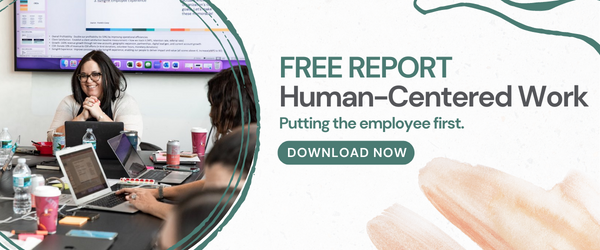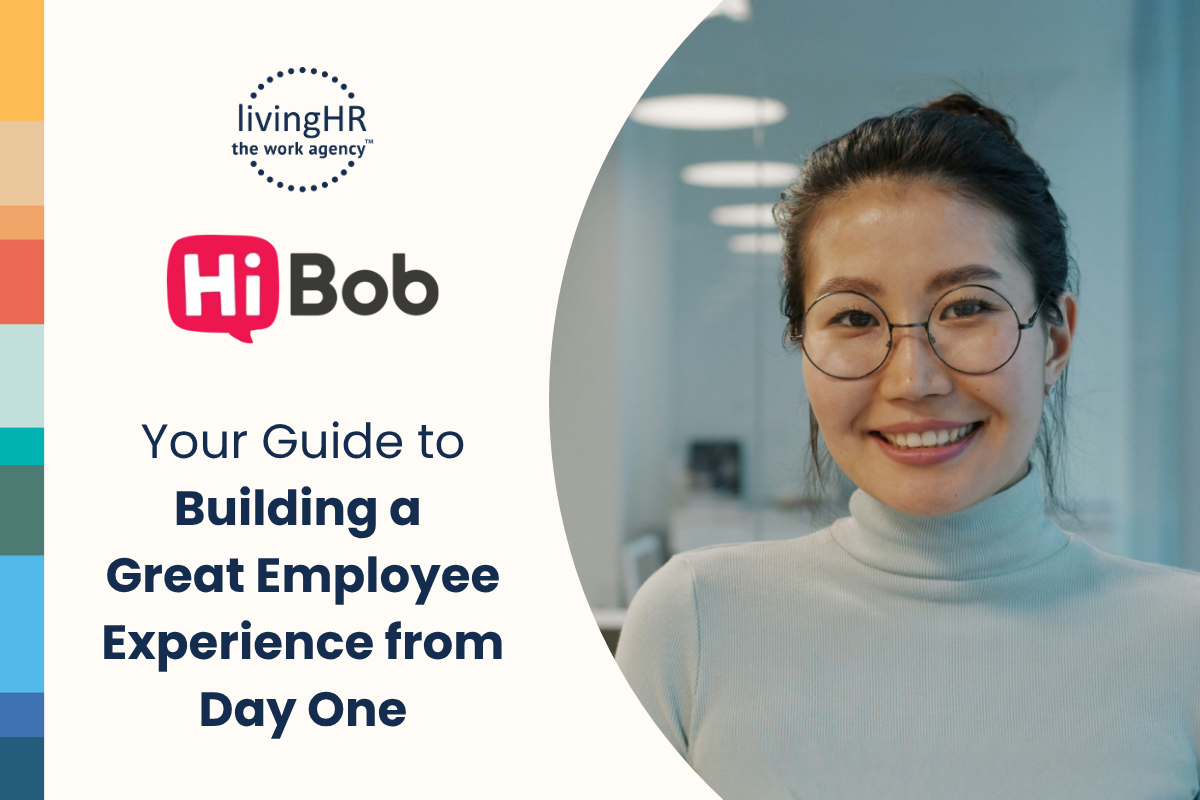How would you label your company’s workplace environment? Modern? Traditional? Innovative? If you’re unsure, take a quick look at the below checklist to see where your company measures up:
Workplace Checklist:
(Select all that apply):
- Set hours (start time: 9 AM, end time: 5 PM)
- Flexible hours
- Access to technology that better enables flexibility and communication (i.e., Slack, Zoom, etc.)
- Fixed teams with little to no collaboration
- Cross-collaborative teams across various departments
- All team members must work from the same location
- Generous work-from-home options
- Limited (if any) flex time for personal leave
- Generous paid time off
All done? Great. Now, let’s take a look at which of these bullets you checked off.
- Are they what you expected?
- Are you happy with where your organization stacks up?
How you tick these boxes can say a lot about your workplace and the flexibility it provides. In addition, using this exercise can (hopefully) help shed light on opportunities and get your wheels turning for ideas on how to create a workplace that best meets your needs.
While some folks may enjoy a traditional workplace, the tides are rapidly shifting to a state where today’s top talent is seeking and valuing a flexible workplace with work-life balance—a shift that employers should be following, embracing, and adapting. Why? Because as any good employer will tell you—attracting and retaining talent is a high priority that has the potential to take your company from good to great, and happy and engaged employees produce higher profits and are more productive and innovative.
Today, more and more employers—from startups to corporations—are understanding the value of a flexible workplace that provides work-life balance. To further demonstrate this value, we’ve compiled a brief list of the top 4 reasons employers offer a flexible workplace. Check them out below.
4 Benefits of Offering a Flexible Workplace for Employees
1. Better Engage Employees
Did you know that today, the average person’s attention span is 8 seconds? 8 seconds?! This abbreviated time frame is one of the many reasons that it’s crucial for employers to understand and capitalize on how today’s modern workers learn AND engage—which, as the below statistics show—does not necessarily happen during the traditional 9 AM-5 PM timeframe. When do modern learners engage?
- 52% at the point needed
- 47% evenings/weekends
- 42% at their office
- 30% when alerted to updated
- 27% commute to and from work
Impactful employers, who embrace a flexible workplace with work-life balance, understand that it’s beneficial to your business and bottom line to meet talent on their terms and give them the opportunity to work, engage, and learn at their most productive times.
2. Improve Talent Morale
One universal commonality among most of us is the desire to feel in control of our daily life. When it comes to “work-life balance” (a much bigger topic for another article), this type of control can exist (and be desired) in various forms, i.e., flexibility in the scheduling of work hours, amount of hours worked, or the place where we work (home or office). When given this type of flexibility, talented employees are more likely to thrive, thereby enhancing a company’s overall talent morale.
Megan Biro, CEO at TalentCulture, has written extensively on this topic and said it best when she wrote: “We all need to feel in control of our lives, and by working with talent on flexibility, you grant them real control. They feel trusted and valued, and their investment in the work, and in the organization, grows” (Forbes).
3. Happy, Productive Employees
Building off the idea that employees reach peak performance when they feel valued is the notion that not only will these employees be more productive, but they will also be happier—a positive state that has the potential to have a ripple effect throughout your organization, and improve not only your bottom line but also your culture.
Outside of work, your employees have many personal demands—ranging from a daughter’s early soccer game to a doctor’s appointment that can only be scheduled during working hours, or hell, maybe they have a favorite yoga class that only happens to be at 3 PM on Mondays but makes them feel complete.
Depending on your workplace, ducking out of the office to tend to these personal matters can be stress-inducing and lead employees to resent the constraints of the traditional 9-5. Instead, we encourage you to instill a flexible workplace and trust that “employees will get done what they need to get done, in the time frame they need to do it...This flexibility will allow people to not only juggle the increase in demands in their work life but in their personal life as well,” leading to happier, more productive employees (Entrepreneur).
4. Attract & Retain Top Talent
When it comes to the topic of flexible workplaces and the candidate recruitment and retention cycle, let’s first take a look a look at a couple of facts:
- Fact 1: Employee turnover is expensive. Did you know that “employee turnover costs 21 percent of an employee’s annual salary?” (Glassdoor)
- Fact 2: When it comes to finding qualified top talent, the struggle is real. In fact, “according to research conducted by McKinsey & Company, 40% of companies that plan to hire next year said they have had unfilled openings for six months or longer because they cannot find qualified applicants” (SmashFly).
The Bottom Line: Flexibility in the Workplace Attracts Top Talent
While these numbers may seem daunting, there’s good news, especially for progressive employers. For example, today’s talent pool is seeking, more than ever, a work-life balance that only flexible workplaces can provide. Meaning that if your company is leading the trend with a flexible workplace, then quality talent will be more attracted to your organization and less likely to leave—which is good news for companies of every shape and size.
When it comes to flexibility in the workplace, a good rule of thumb is to treat your employees with the confidence, trust, and empowerment that they deserve. After all, they are your greatest asset and most impactful brand ambassadors. For more ideas on how to provide work-life balance and flexibility in the workplace, check out our blogs or follow us on our social channels, including Facebook, Twitter, and LinkedIn.





